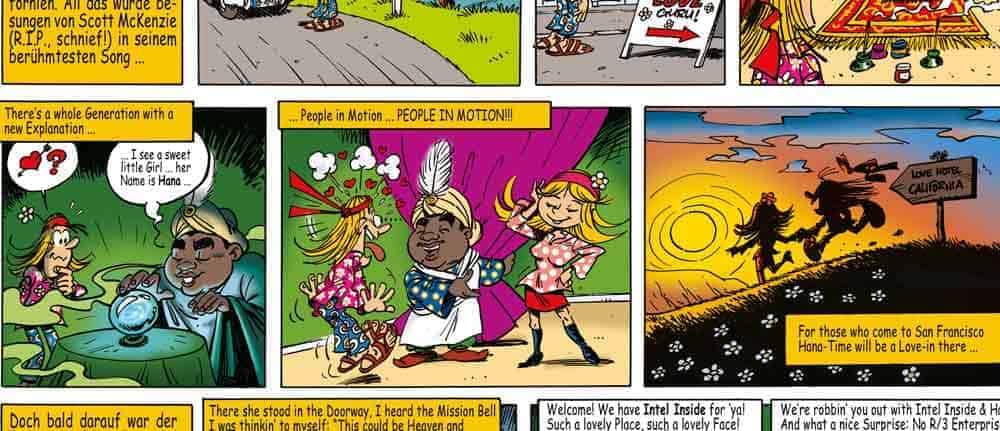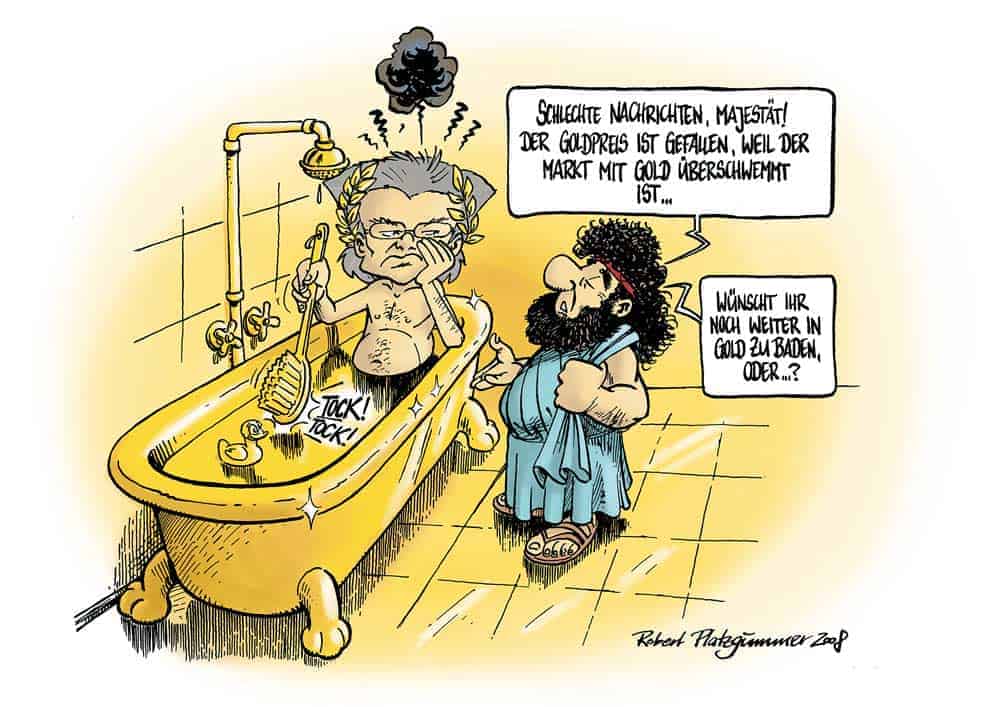SAP is doing well


SAP is a joy for shareholders and recipients of special share-based payments. Even if some existing customers are dissatisfied with the roadmaps, the integration of the cloud apps is also poor and on-prem license purchases are also shrinking, SAP's balance sheet figures still shine like gold.
Even under the legendary SAP CEO Professor Henning Kagermann and his ingenious CFO Werner Brandt, SAP presented one pleasing balance sheet after another. At times, it seemed that everything SAP touched turned to gold. The list of software flops is surprisingly short at the ERP world market leader.
SAP was ultimately able to resolve the biggest disasters by running the software with selected existing customers until it was error-free.
It is thanks to SAP's skill that it has been able to outsource the maturation process of its own software to the customer side. Even the greedy cloud acquisitions from the McDermott era never threatened the growth and the shiny balance sheet figures.
Despite the lack of roadmaps, poor availability (see SuccessFactors) and a lack of integration and compatibility, the cloud figures in the SAP balance sheet have always been a cause for celebration.
The awestruck observer looks at SAP's balance sheet full of admiration and wonders how much longer this can go on. The endless string of successes and the myth that everything SAP touches turns to gold have one small flaw:

With ever higher, better and more golden balance sheet figures, there is not as much left in SAP's pockets at the end of the day as there is at other IT companies - SAP is struggling to achieve a sufficient return on investment. The contribution margin leaves much to be desired, doesn't it?
SAP knows about this shortcoming and saves and saves and saves wherever possible. The cloud cuckoo land certainly offers good leverage for profit maximization - but now they had to present a roadmap that will cost the ERP group a lot of resources until 2030: Business Suite 7 maintenance including AnyDB, NetWeaver and compatibility packages.
Nothing will come of the lean maintenance infrastructure with Linux and Hana by 2030. Instead, numerous hardware configurations, databases, NetWeaver stacks and personnel with Abap and Java knowledge will have to be kept on hand.
In this context, not everything SAP touches turns to gold. Every maintenance handle for Business Suite 7 will cost a lot of money - not a good prospect for increasing margins.





